Classifying Pulsating Stars with Deep Learning
Author: Thomas M. Boudreaux
Abstract
With several new large-scale surveys on the horizon, including LSST, TESS, ZTF, and Evryscope, faster and more accurate analysis methods will be required to adequately process the enormous amount of data produced. Deep learning, used in industry for years now, allows for advanced feature detection in minimally prepared datasets at very high speeds; however, despite the advantages of this method, its application to astrophysics has not yet been extensively explored. This dearth may be due to a lack of training data available to researchers. Here we generate synthetic data loosely mimicking the properties of acoustic mode pulsating stars and we show that two separate paradigms of deep learning - the Artificial Neural Network And the Convolutional Neural Network - can both be used to classify this synthetic data effectively. And that additionally this classification can be performed at relatively high levels of accuracy with minimal time spent adjusting network hyperparameters.
Other Information
Accepted for publication in Open Astronomy on November 30th 2017
ArXiV Link: https://arxiv.org/abs/1711.11421
Synthetic Data Generated with AstroSynth
Download AAS 231 Poster

